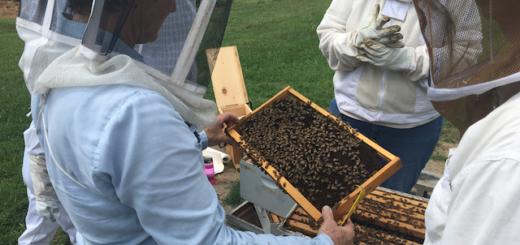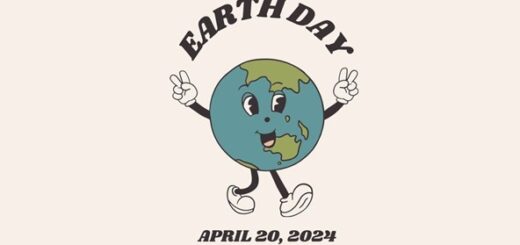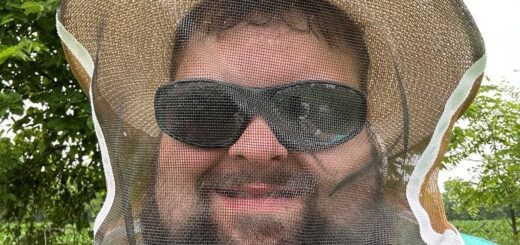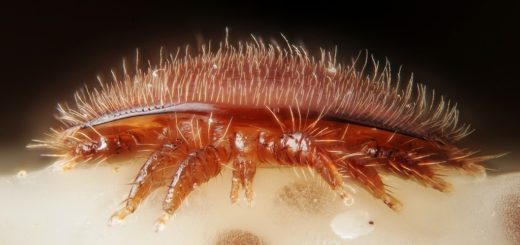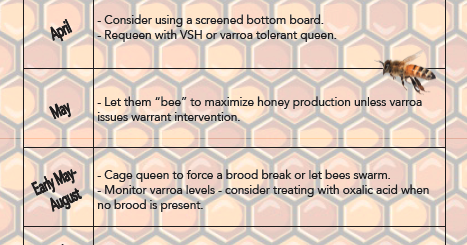Wondering if you are looking at a honeybee? We’ve built a page filled with visual references to help you make the decision!
COMPARISON OF HONEY BEES & WASPS
| HONEY BEE | WASP | YELLOW JACKET |
 |
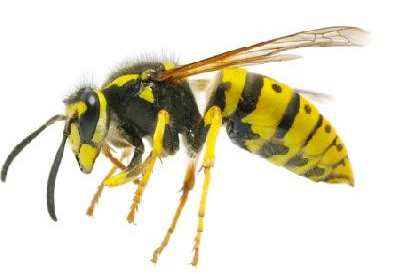 |
|
| These bees are medium-sized and tend to be more caramel yellow rather than neon. They are fuzzy and have black and white stripes on their bodies. | Wasps come in many colors, but they are glossy and their shape is very different. They have a pointed end to their abdomen and a very skinny “waist”. | Sometimes confused with honey bees, especially when flying in and out of their nests. Yellowjackets, in contrast to honey bees, have yellow or white markings, are not covered with tan-brown dense hair on their bodies, do not carry pollen, and do not have the flattened hairy hind legs used to carry it. |
| Honey bees are either domesticated and live in hives built by humans, or they are wild and build their combs inside any vacant cavity they find. Their comb is a waxy substance they manufacture in their body using nectar as a base ingredient. When wild, they may be found inside a hollow tree, or in your attic. They do not dig, and therefore won’t be found in the ground. | Wasps also make their own building materials, producing a grey paper abode. Theirs is shaped more like an upside-down flower, with all the cells open on the larger end and attached to the eaves of your house, under the grill, or any other troublesome spot by one small stalk. | Nests are built entirely of wood fiber and are completely enclosed except for a small entrance at the bottom. It builds its nests in cavities—not necessarily underground. The color of the paper is highly dependent on the source of the wood fibers used. |
| The female honey bee can only sting mammals once. They have a barb on their stinger just like a fishing hook. Honey bees only sting when they feel threatened or provoked and are the only species to die after stinging. | Wasps are rumored to be the cause of the most painful stings around. Those that sting can sting repeatedly. Most are stingless. | The yellow jacket is bold and aggressive and can sting repeatedly and painfully. It will mark aggressors and pursue them. |

